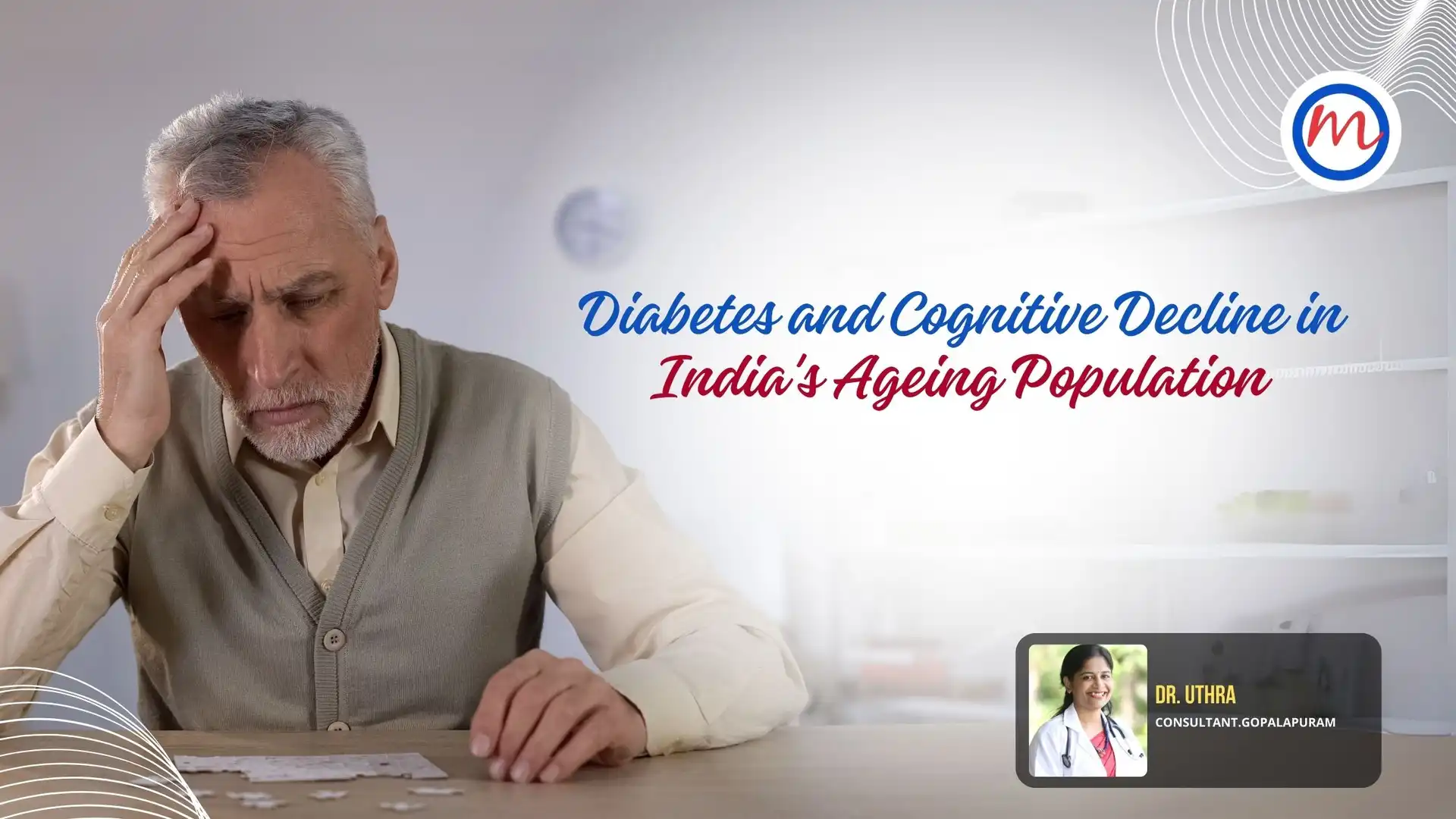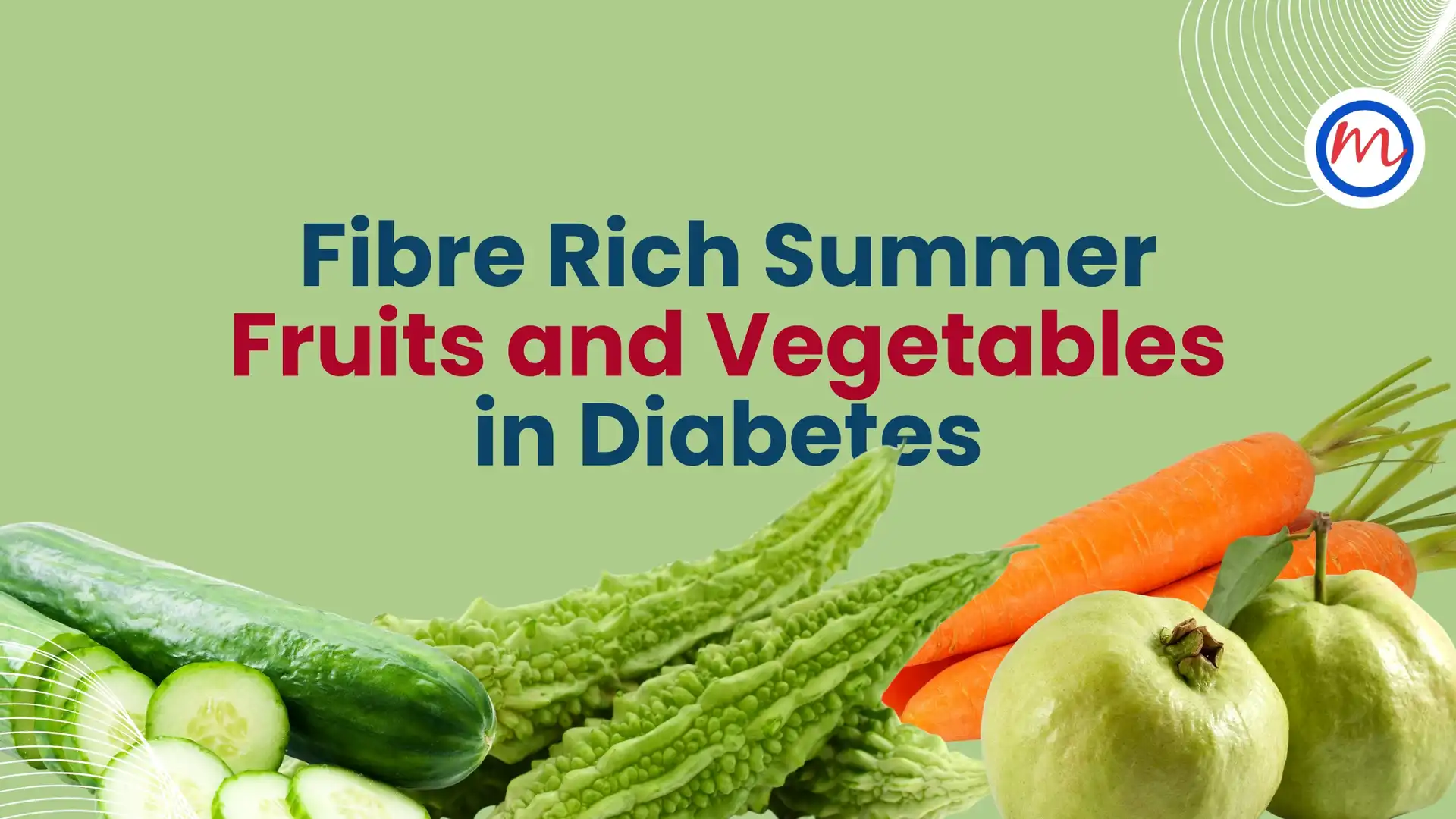Introduction
Ramadan is one of the holiest festivals of Islam. During the month of Ramadan, all healthy Muslims are supposed to undertake a fast from sunrise to sunset. Even though people with serious medical conditions, including diabetes, can exempt themselves from the fast, a large number will still participate, often against medical advice. The CREED (Center for Research on Entrepreneurship and Enterprise Development) study reported that 94.2 % of individuals with Type 2 Diabetes fasted for at least 15 days and 63.6 % fasted for all days of Ramadan. (1) Ramadan fasting can present a particular challenge to people with diabetes. Health care professionals (HCP) should give focused education to people with diabetes to raise awareness of the risk associated with diabetes and fasting. They should also provide suggestions to reduce the risk of adverse events during fasting.
Physiological Changes Associated with Diabetes and Ramadan
Fasting during Ramadan can lead to changes in meal schedule, fluid intake and sleep pattern. In people with diabetes, Ramadan fasting is associated with a risk of both hyper and hypoglycemia. These may be due to insulin resistance and increased glucagon levels. The DAR MENA T2DM study showed that hypoglycemia increased significantly during Ramadan (10.4 %) when compared to before Ramadan (4.9 %). (2) Similarly, increased blood glucose levels have also been reported during Ramadan. The EPIDAR study showed that people with Type 2 Diabetes could have a 5-fold increase in glucose levels during Ramadan. (3) Therefore, it is important to analyze the risk profile in persons with diabetes before fasting begins and those who are found to be at higher risk should not fast. It is therefore important to seek medical advice and to consult HCPs before fasting.
Pre Ramadan Diabetes Education
The pre-Ramadan diabetes education should focus on six key areas viz.
- Risk quantification
- Blood glucose monitoring
- Fluid and dietary advice
- Exercise management
- Medical adjustments
- To know when to break the fast in times of need
Dietary management during Ramadan Fasting
The role of dietary management is essential for achieving optimal diabetes control. The main points which need to be considered while planning a diet for individuals with diabetes are
- Should consume an adequate number of calories with balanced proportions of macro and micronutrients before dawn and after sunset to prevent hypos during the daytime
- Should distribute the carbs equally to prevent or minimize postprandial hyperglycemia
- HCPs should also focus on other comorbidities while formulating a diet plan
Glycemic Index and Glycemic Load
The Glycemic index and load should be taken into consideration while planning a diet for people with diabetes and who fast for Ramadan. The Glycemic index (GI) of a food is defined as the inherent quality of that food to raise the blood glucose level. In other words, it is a ranking of foods, based on their tendency to increase the glucose level. Usually, Glucose or white bread is taken as the standard and given a value of 100. If the GI of the test food is 55 or less it is called a ‘Low GI’ food. If it is between 56 to 69 it is a ‘Medium GI’ food, and if the GI is 70 and above, it is called a ‘High GI’ food.
Examples of low GI foods are Greens, green leafy vegetables, non-starchy vegetables, legumes, beans, peas, lentils and nuts.
Examples of Medium GI foods are whole wheat, brown rice, oat bran, muesli, etc
Examples of high GI foods include polished white rice, white bread, maida, corn flakes, potato, sugar, sweets, etc.
The glycemic load (GL) is more important than the actual GI of the food. Glycemic load measures the degree of blood sugar response and insulin demand produced by a specific amount of a specific food. Glycemic load reflects both the quality and the number of dietary carbohydrates.
For example, the GI of food may be high but one person may have a couple of spoons of it, while another may have half a plate of the high GI foodstuff and obviously there is a lot of difference between the two. This is the importance of the concept of GL, which simply multiplies the GI by the amount of the foodstuff consumed
Dietary Plan

The principles of diet planning during Ramadan are
- Meals should be well balanced with a total carb comprising of 40-50 % (of preferably low GI). The protein content should comprise 20-30% and fat should comprise 30-35 % of the total calories. Saturated fat should be limited to < 10 % of the daily calorie intake
- Carbohydrates with low GI such as those with high fiber eg., vegetables, whole grains should be taken. The consumption of carbs from sugar and highly processed grains such as white rice and maida etc. should be avoided
- The consumption of adequate calories should be encouraged. Calories should be divided between suhoor and iftar
- Sources of protein with a high saturated fat content such as red meat (beef, lamb) and processed meats should be avoided
- Avoid weight-loss diets and fad diets during Ramadan
- Maintain an adequate level of hydration. drink enough water and other fluids. Sugary drinks, syrups and canned juices should be avoided
- Sugar and heavy desserts should be avoided after iftar and between meals
- The consumption of caffeinated drinks should be minimized
- Iftar should begin with plenty of water to overcome dehydration from fasting, and 1-3 small dried or fresh dates to raise blood glucose levels.
- Begin your suhoor meal with a metabolic booster like methi water (to be had on an empty stomach and keep a gap of 20 minutes before eating anything else)
- Consume an adequate amount of protein and fat and a lower level of carbs at suhoor as protein and fat can induce satiety compared to foods rich in carbs
- 1-2 healthy snacks such as one piece of fruit or a handful of nuts can be consumed if necessary
- Try to avoid extra salt
Importance of Self-Monitoring of Blood Glucose ( SMBG ) / Continuous Glucose Monitoring System (CGMS) during Fasting

People with diabetes who chose to fast must regularly check their blood glucose levels through SMBG or CGMS. Monitoring Blood Glucose is more important during Ramadan as changes in diet and lifestyle can increase the incidence of hypoglycaemia and hyperglycaemia. Moreover, by regularly measuring blood glucose, people with diabetes may become more conscious of their eating habits and the impact on their blood glucose levels, potentially curbing damaging behaviours. The frequency of SMBG depends on many factors including the type of diabetes and current medications.
Exercise
Repeated fasting for 30 days brings some physiological changes in our body, the most favorable of these being that the body starts using energy from body fat stores. However, studies show that 30 consecutive days without performing any physical exercise or activity reduces strength and physical fitness. Thus, working out in a fasting state trains your body to burn fat more efficiently. It is therefore important to remain active in the month of Ramadan.

Benefits of exercise while fasting include
- Helps to increase fat loss
- Helps to control blood sugar levels
- Maintenance of physical strength and endurance
- Maintenance of healthy body weight and metabolism
- Prevents muscle breakdown
- Feel fresh and less tired
- Stay active to perform rituals and prayers
When to Exercise in Ramadan
Before Iftaar
- Exercise should be performed 2-3 hours prior to iftar. Remember to limit exercise to not more than 30 to 45 minutes.
- It is preferable to exercise in a cool environment.
- After iftar drinks sufficient fluids to replenish salts and minerals lost.
After Iftaar
- It is advisable to perform physical exercise 2-3 hours after iftar, as the digestion of the food ingested will be completed.
- It is preferable to exercise in a cool environment.
Tips for Exercising During Ramadan
- Perform exercises for 30-45 minutes at least every day, in a cool environment.
- Avoid aggressive and high-intensity exercises, especially during summer while fasting.
- Choose and plan a convenient time to exercise, before or after Iftar.
- Keep 2-3 hours of intervals between meals and exercise.
- Reduce physical inactivity, such as sitting ideal for extended periods.
- Going for a walk can also be planned.
- Stop exercise immediately if you experience dizziness, nausea, difficulty in breathing, or chest pain.
- Drink sufficient fluids to prevent dehydration.
Medications

Persons with diabetes who are taking medications likely to cause hypoglycemia such as insulin or sulphonylureas will need to adjust the dosages to reduce the risk of hypoglycemia. It is recommended that patients visit their HCPs prior to initiation of the fast so that the necessary adjustments can be made. Frequent SMBG or CGMS is recommended to allow these adjustments.
Conclusion
Fasting during Ramadan carries a certain risk for patients with diabetes. Persons with diabetes should undergo Pre – Ramadan assessment before starting the fast and should be guided by Health Care Professionals on meal planning, physical activity, glucose monitoring and timings and dosage of medication in order to have safe fasting.
Reference
- Babineaux, S.M,etal., Multi-country retrospective observational study of the management and outcomes of patients with Type 2 Diabetes during ramdan in 2010(CREED) . Diabet Med, 2015.32(6):p.819-28
- Mohamed Hassanein, etal., The characteristics and pattern of care for the type 2 diabetes mellitus population in the MENA region during Ramadan: An international prospective study (DAR-MENA T2DM). Diabres,2019 May ;151:275-284.
- Salti, I., etal., A population based study of diabetes and its characteristics during the fasting month of ramdan in 13 countries : results of epidemiology of diabetes and ramdan 1422/2001(EPIDAR) study. Diabetes care 2004.24(10)p. 2306-2311.


